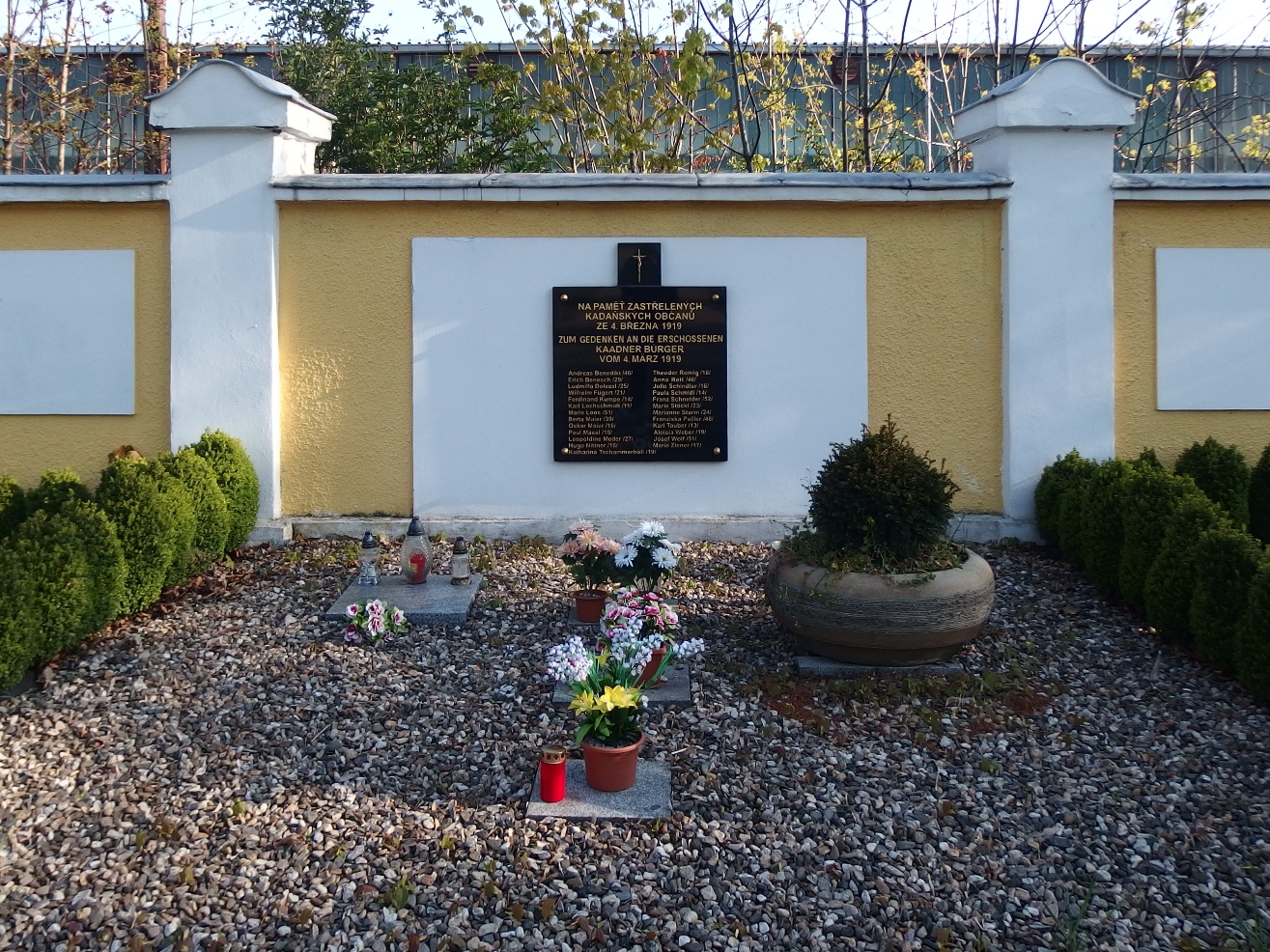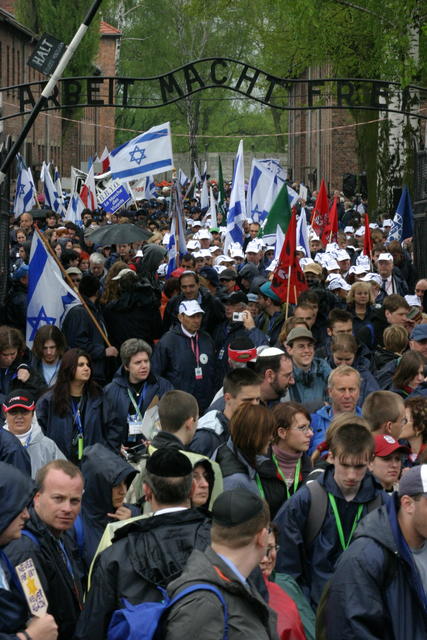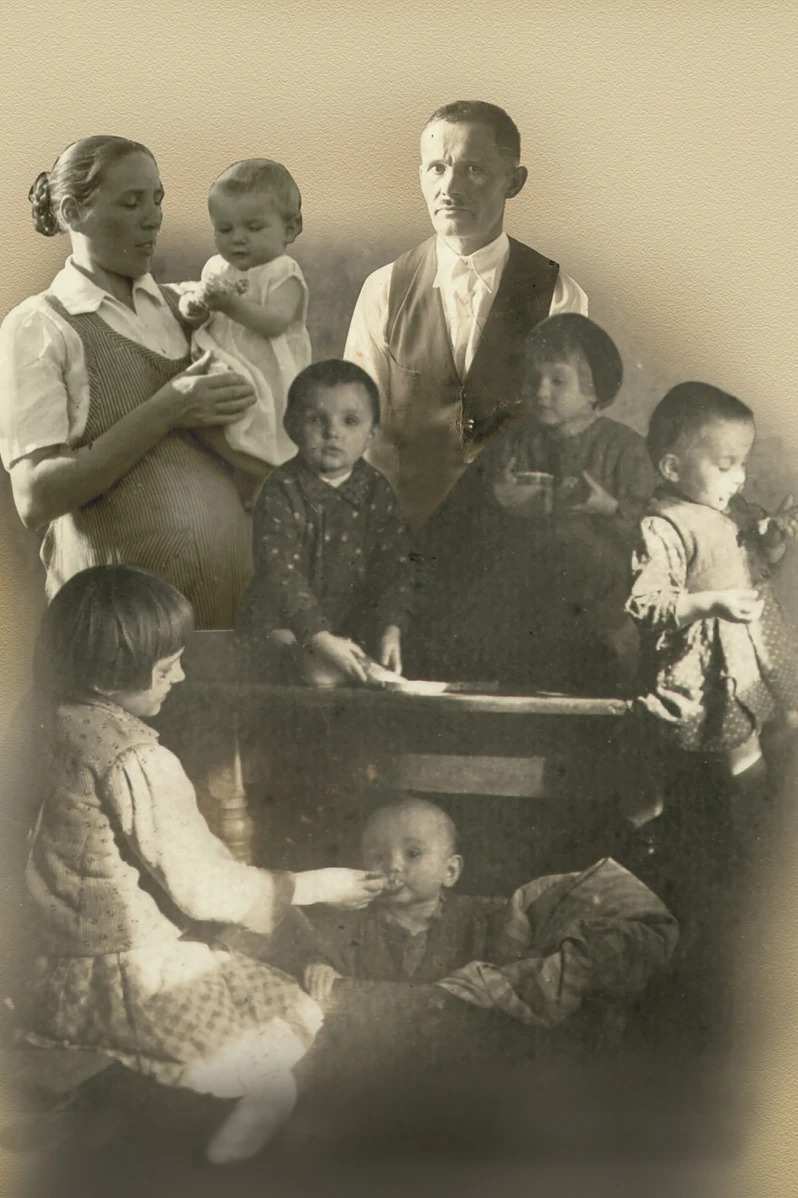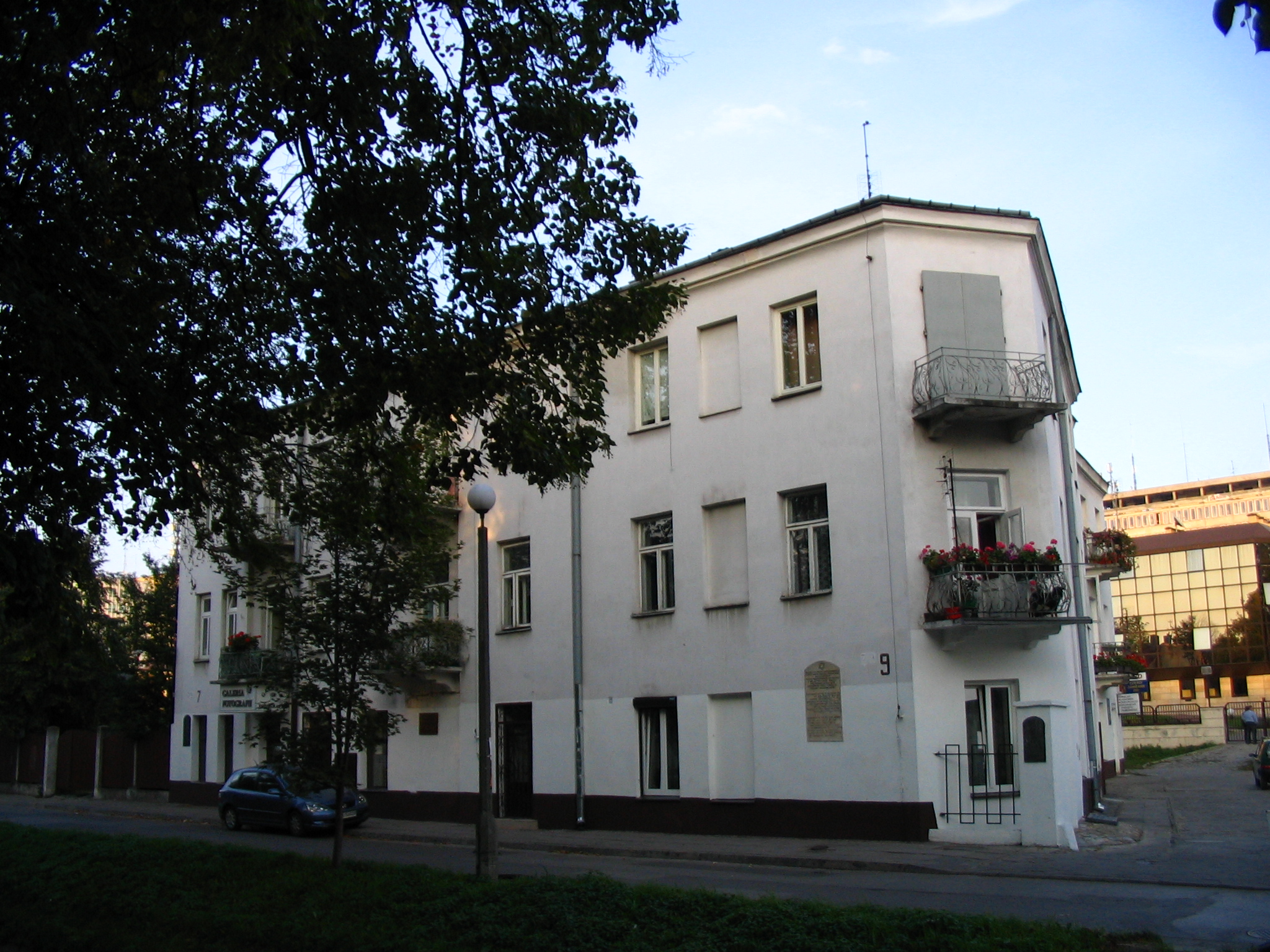Kadaň Massacre – Kadaň
Fact of the Czech figure „The difficult search for multiethnic coexistence”
Part of the „The emancipation of minorities” topic
The foundation of Czechoslovakia in 1918 was met with little enthusiasm by most Germans in Bohemie, Moravia and Czechoslovak side of Silesia. They were not only dissatisfied with being a minority in the new state but also with the economic challenges facing the country after World War I. They saw the right to self-determination as an adequate solution and demanded that the regions they inhabited become part of the short-lived state known as Republic of (German) Austria.
This demand led to widespread demonstrations, which broke out in many Bohemian, Moravian and Silesian towns with the German majority on March 4, 1919. In many cases, these protests escalated into attacks on symbols of the Czechoslovak state. Some demonstrators even assaulted Czechoslovak police officers and soldiers, who responded with gunfire, which led to the deaths of more than 50 protesters. The bloodiest of these events took place in Kadaň in North-West Bohemia, where 25 people, including children, were killed by soldiers shooting into a crowd of demonstrators.
Although the demonstrations were eventually suppressed and the authority of the state reinforced, the shootings deeply damaged Czech-German relations. Despite Czechoslovakia’s attempts in subsequent years to respect the national rights of Germans, it failed to earn their lasting sympathy. The Kadaň massacre, in particular, was continuously invoked by radical Sudeten German nationalists to incite anti-Czechoslovak sentiment.





